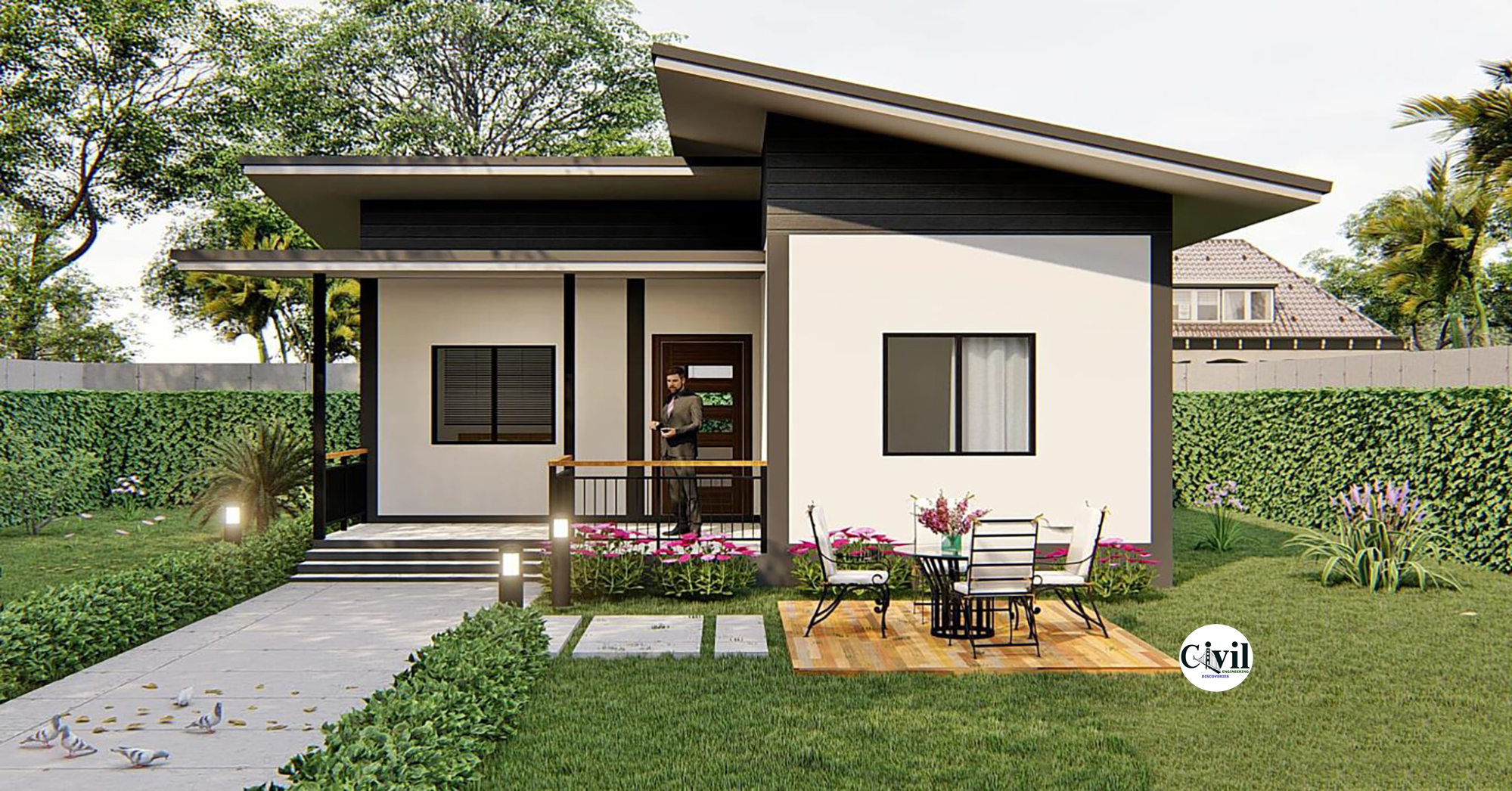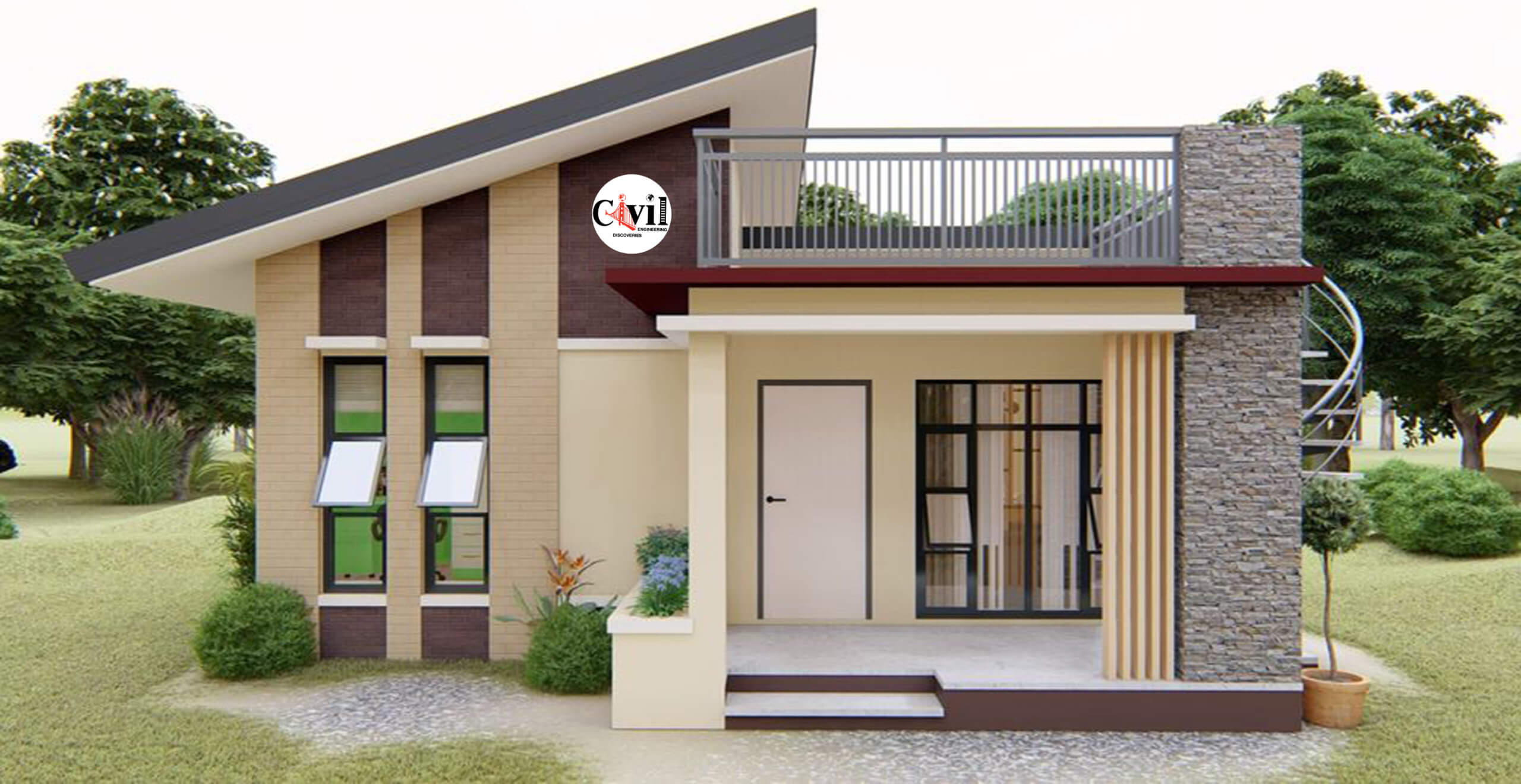The Allure of the Bungalow

The bungalow, a humble yet charming architectural style, has captivated homeowners for over a century. Its origins trace back to the British Raj in India, where the design was initially adopted by British officials seeking respite from the scorching heat. The bungalow’s enduring popularity stems from its practicality, aesthetic appeal, and adaptability to various climates and landscapes.
The Origins and Evolution of Bungalow Design
The bungalow’s roots lie in the vernacular architecture of India, particularly in the regions of Bengal and Maharashtra. The term “bungalow” itself is derived from the Hindi word “bangla,” which refers to a type of rural dwelling. Early bungalows were typically single-story structures with wide verandahs, pitched roofs, and large windows for ventilation.
Key Features of Bungalow Architecture
The bungalow’s distinctive features have contributed to its timeless appeal. Here are some of the key characteristics that define this architectural style:
- Single-story design: This creates a sense of openness and spaciousness, while also making the home more accessible for people of all ages and abilities.
- Low-pitched roof: The roofline typically slopes gently, often with wide eaves to provide shade and protection from the elements.
- Large windows and verandahs: These features allow for ample natural light and ventilation, creating a comfortable and inviting interior.
- Simple and functional layout: The bungalow’s design emphasizes practicality, with rooms arranged in a straightforward and efficient manner.
- Use of natural materials: Wood, stone, and brick are often used in bungalow construction, adding warmth and character to the home.
Famous and Iconic Bungalows
Bungalows have graced countless landscapes around the world, leaving their mark on architectural history. Here are a few examples of famous or iconic bungalows from different eras and regions:
- The Gamble House (Pasadena, California, 1908): Designed by the renowned architects Greene and Greene, this Arts and Crafts masterpiece exemplifies the bungalow style’s embrace of natural materials and craftsmanship.
- The Ennis House (Los Angeles, California, 1924): Frank Lloyd Wright’s iconic bungalow showcases his innovative use of concrete blocks and geometric patterns, blending seamlessly with the surrounding landscape.
- The “Gingerbread” Houses (Victorian Era): These whimsical bungalows, often adorned with elaborate trim and decorative details, represent a charming and playful side of the style.
Designing a 2-Bedroom Bungalow: Bungalow 2 Bedroom Design

Designing a 2-bedroom bungalow involves carefully considering space optimization and functionality to create a comfortable and efficient living space. This requires a thoughtful approach to floor plan design, taking into account the needs and preferences of the occupants.
Floor Plan Design
A well-designed floor plan for a 2-bedroom bungalow prioritizes efficient use of space while maintaining a sense of flow and functionality.
- Open Concept Living: This layout combines the living, dining, and kitchen areas into one large space, creating a sense of openness and maximizing natural light. This is a popular choice for smaller bungalows, as it allows for more flexibility in furniture arrangement and social interaction.
- Defined Spaces: In this layout, each room has its own designated space, offering greater privacy and separation. This is ideal for families or individuals who prefer distinct areas for different activities.
- Strategic Placement: Consider the placement of windows and doors to optimize natural light and ventilation. For example, placing windows in the kitchen and living room allows for cross-ventilation, promoting air circulation and reducing the need for artificial lighting.
- Storage Solutions: Incorporate built-in storage solutions, such as closets, shelves, and cabinets, to maximize space efficiency and minimize clutter. These can be strategically placed in hallways, bedrooms, and under staircases.
Types of 2-Bedroom Bungalow Layouts
Different layouts cater to various preferences and lifestyle needs. Understanding the advantages and disadvantages of each layout helps in choosing the most suitable option for a particular bungalow design.
- Open Plan Layout: This layout features a single, open space that encompasses the living, dining, and kitchen areas. This design promotes a sense of spaciousness and flow, allowing for easy interaction and movement between different areas.
- Split-Level Layout: This layout utilizes different levels to create distinct spaces. For instance, the living room and dining area might be on one level, while the bedrooms and bathrooms are on a slightly higher or lower level. This provides some degree of separation between areas, enhancing privacy and functionality.
- Linear Layout: This layout arranges rooms in a linear sequence, typically with a central hallway connecting the different areas. This layout offers a simple and efficient flow, but it can sometimes feel narrow and restrictive.
Advantages and Disadvantages of Layout Options, Bungalow 2 bedroom design
Each layout option presents its own set of advantages and disadvantages, which should be carefully considered before making a final decision.
Open Plan Layout
- Advantages:
- Maximizes space and creates a sense of openness.
- Promotes natural light and ventilation.
- Allows for flexible furniture arrangement.
- Disadvantages:
- Limited privacy and separation between areas.
- Can be challenging to manage noise levels.
- May not be suitable for families with young children who need distinct spaces.
Split-Level Layout
- Advantages:
- Provides separation and privacy between areas.
- Can enhance the visual interest of the space.
- Offers flexibility in furniture arrangement.
- Disadvantages:
- Can be more challenging to navigate and maintain.
- May not be suitable for individuals with mobility limitations.
- Can be more expensive to construct.
Linear Layout
- Advantages:
- Simple and efficient flow.
- Easy to navigate and maintain.
- Can be cost-effective to construct.
- Disadvantages:
- Can feel narrow and restrictive.
- Limited flexibility in furniture arrangement.
- May not be suitable for larger families or individuals who prefer open spaces.
Interior Design Considerations

Transforming your 2-bedroom bungalow into a haven of style and comfort requires thoughtful interior design choices. A cohesive and inviting atmosphere is crucial, and achieving this requires careful consideration of color palettes, furniture selections, and the overall aesthetic you wish to create.
Different Interior Design Styles
Bungalows offer a canvas for diverse design styles, allowing you to express your personal taste. Here are some popular styles that work well with the bungalow’s inherent charm:
- Farmhouse Style: This style embodies rustic charm with natural textures, warm wood tones, and a focus on simplicity. Think distressed wood furniture, floral patterns, and a touch of vintage charm.
- Coastal Style: Inspired by the ocean, coastal style brings a sense of serenity and relaxation. Light, airy colors like blues, greens, and whites are dominant, often paired with natural materials like wicker and linen. Coastal bungalows often incorporate nautical elements like rope, shells, and sea-inspired artwork.
- Modern Style: Clean lines, minimalist furniture, and a neutral color palette characterize modern design. This style emphasizes functionality and a sense of openness, making it ideal for creating a sleek and contemporary bungalow.
Material and Color Choices
The materials and colors you choose play a significant role in shaping the overall feel of your bungalow.
- Natural Materials: Bungalows often feature natural materials like wood, stone, and brick, adding warmth and authenticity. Consider incorporating these elements into your furniture, flooring, and accents.
- Warm Color Palettes: Earthy tones like browns, greens, and yellows create a cozy and inviting atmosphere. These colors complement the natural materials often found in bungalows.
- Light and Airy Colors: For a more spacious and airy feel, opt for light colors like whites, creams, and pastels. These colors reflect light, making the bungalow feel larger and brighter.
Furniture Selection
Furniture selection is crucial for creating a functional and stylish bungalow.
- Comfortable Seating: Bungalows often have cozy living areas, so prioritize comfortable seating like sofas, armchairs, and ottomans. Choose pieces that are inviting and encourage relaxation.
- Multifunctional Furniture: Maximize space with furniture that serves multiple purposes, such as a sofa bed or a coffee table with storage compartments.
- Statement Pieces: A few statement pieces can add character and personality to your bungalow. Consider a vintage rug, a unique lighting fixture, or a piece of artwork that reflects your style.
Bungalow 2 bedroom design – A bungalow with two bedrooms can be a cozy and efficient space, especially when you consider smart design choices. If you’re looking for inspiration on how to maximize a smaller space, take a look at jeff lewis master bedroom designs.
His approach to creating luxurious havens, even in smaller spaces, can be applied to a bungalow’s master bedroom, transforming it into a tranquil retreat.
Bungalow 2 bedroom designs offer a balance of space and charm, perfect for families or those who enjoy hosting guests. While the concept of a cozy bungalow often evokes images of a single bedroom, the layout can be adapted to accommodate more.
If you’re seeking a more intimate space, consider exploring the possibilities of one bedroom bungalow designs , where clever design maximizes comfort and functionality. Returning to the 2 bedroom bungalow, these designs often feature open floor plans, maximizing natural light and creating a sense of spaciousness within the compact footprint.